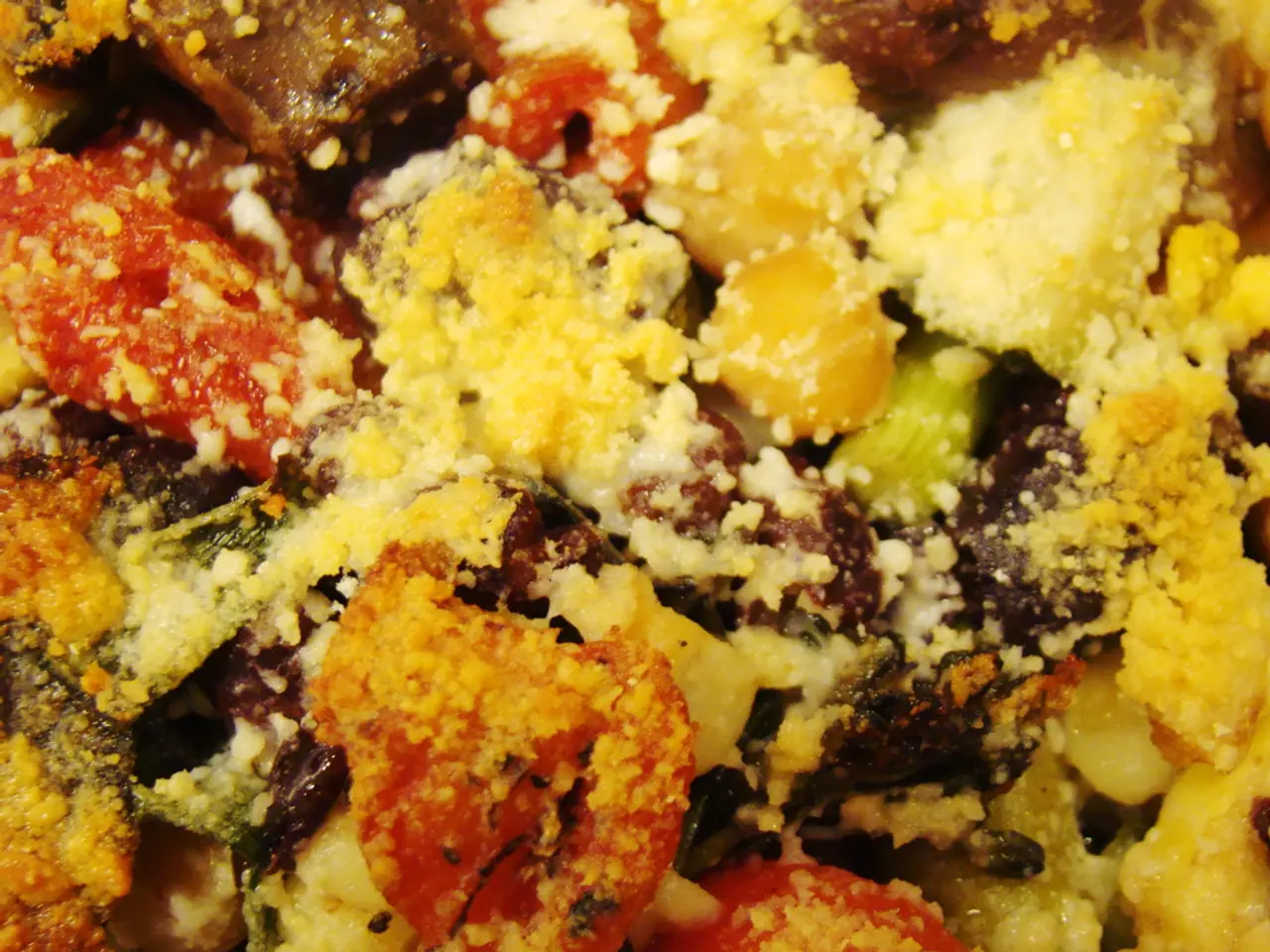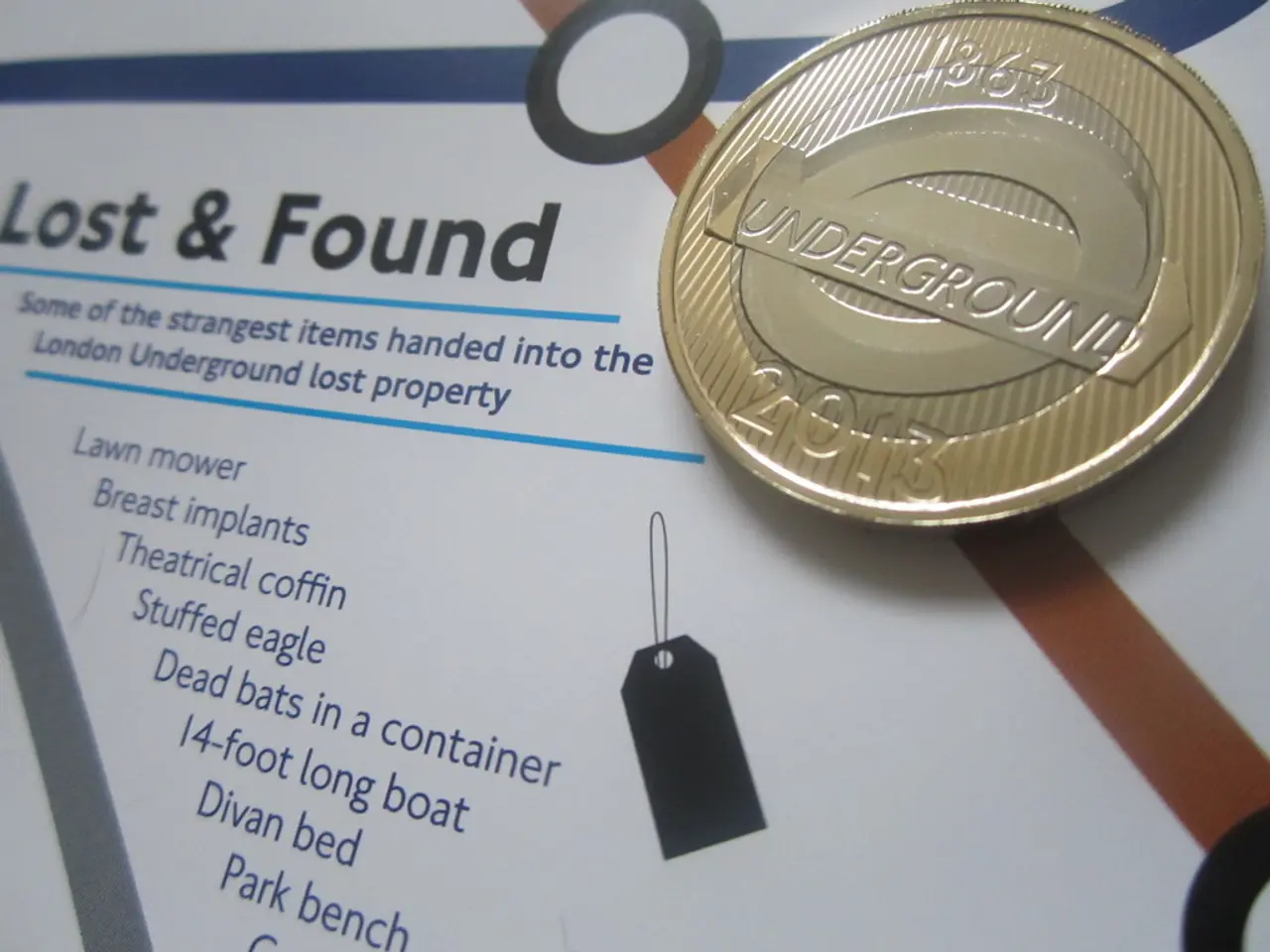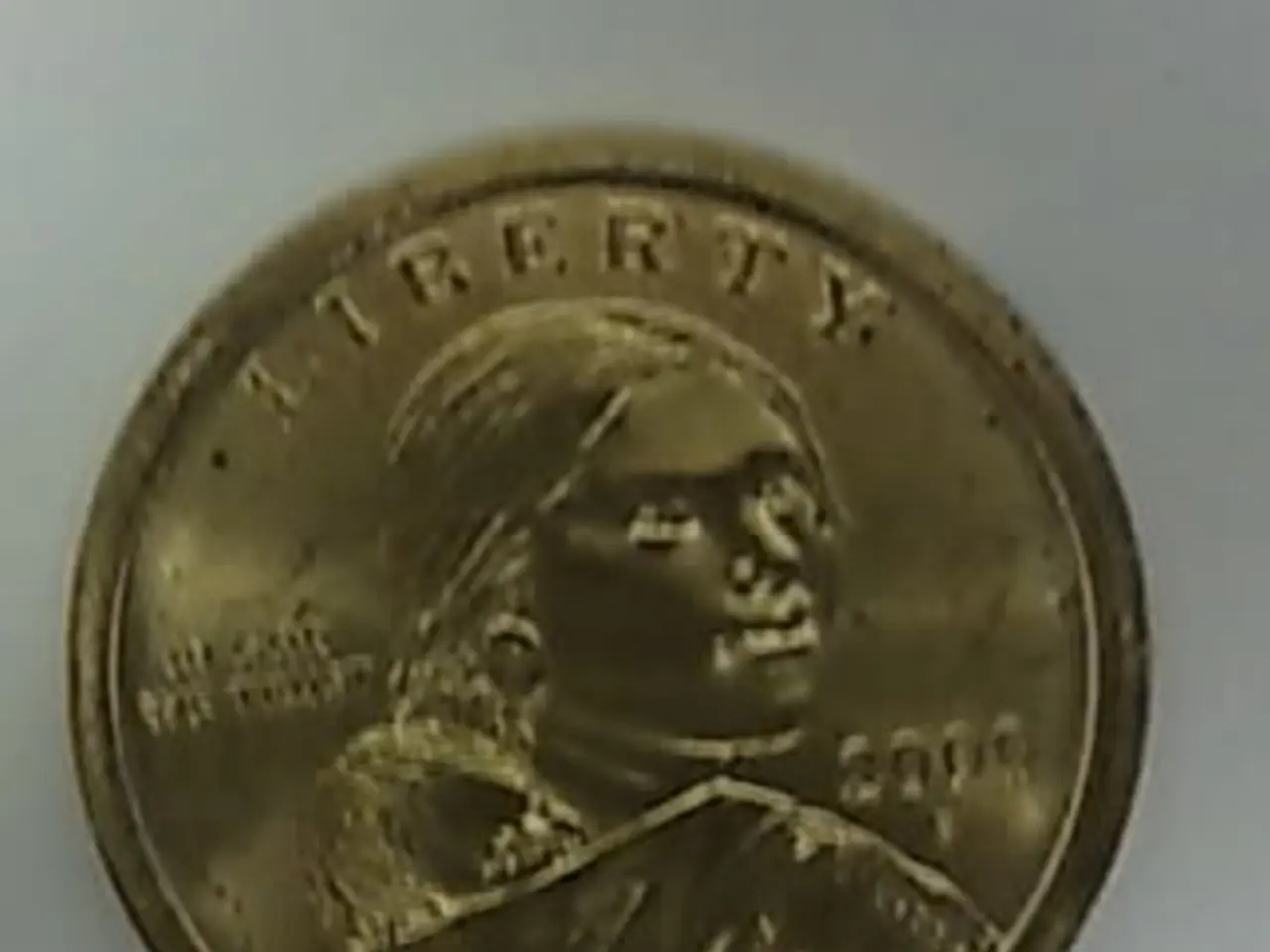Virtual Reality and Flavor Immersion: A Glimpse into the Upcoming Sensory Experience
In a groundbreaking development, researchers have unveiled a new wearable device, e-Taste, set to transform the way we experience taste in virtual environments. The device, measuring just 15mm on each side, is a testament to the convergence of cutting-edge technology and human ingenuity.
The e-Taste concept is inspired by electronic tongues (E-Tongues) and taste-based biosensors, technologies that mimic the human taste system using advanced sensors and organoids. The device works by releasing a combination of chemicals to create specific tastes, such as the sweet-and-sour tang of an imaginary fruit.
At the heart of e-Taste lies the use of taste organoids and biosensors. Researchers utilise taste bud organoids as sensitive elements in biosensors, simulating real taste transduction responses. These organoids, grown in culture, can differentiate various taste substances through electrophysiological responses.
The device analyses the chemical compositions of substances and detects changes in ion channels or other biochemical signals in taste receptors, similar to what is achieved with patch clamp techniques. This analysis allows the device to mimic the way humans perceive taste.
The potential applications of e-Taste are vast and varied. In the food industry, devices like e-Taste could help in detecting spoilage or adulteration in food products, as well as aid in new product development by simulating various taste experiences.
In healthcare, e-Taste could potentially aid in diagnosing conditions like taste disorders or metabolic diseases, and personalised dietary recommendations could be made based on individual taste preferences. Environmental monitoring could also benefit from devices like e-Taste, with applications ranging from monitoring water quality to detecting pollutants or contaminants based on taste changes.
Pharmaceuticals could also reap the benefits of e-Taste, as understanding how drugs affect taste could improve medication compliance and reduce side effects related to taste disturbances.
The research team behind e-Taste is already working on incorporating additional sensory elements such as smells and textures, with the current design focusing on taste alone. The quest for technological advancement in bioengineering aligns with the overarching goal of creating solutions that resonate with human needs and enhance overall well-being.
The exploration of taste in virtual realities has been limited due to the complexities of replicating associated smells and textures. However, innovations like e-Taste open new horizons for sensory experiences that transcend traditional perception.
The e-Taste study was published in Science Advances, with Yizhen Jia, an engineer at Ohio State University, and Tae-il Kim, a bioengineer at Sungkyunkwan University in South Korea, serving as co-authors. Kim emphasises the significance of e-Taste in the field of biomimetics, an emerging discipline focused on creating artificial replicas of natural systems to address human challenges.
Each stride towards a more immersive and interactive digital landscape brings us closer to a future where taste knows no bounds. Understanding the potential of e-Taste in the field of biomimetics underscores the remarkable progress bioengineers have made in recent years. As we peer into the future of virtual reality tasting, innovations like e-Taste promise to revolutionise our sensory experiences.
- The e-Taste device, inspired by electronic tongues and taste-based biosensors, could be used in healthcare to aid in diagnosing conditions like taste disorders or metabolic diseases, and personalised dietary recommendations could be made based on individual taste preferences.
- In the food industry, devices like e-Taste could help in detecting spoilage or adulteration in food products, as well as aid in new product development by simulating various taste experiences.
- Environmental monitoring could also benefit from devices like e-Taste, with applications ranging from monitoring water quality to detecting pollutants or contaminants based on taste changes, contributing to a healthier and more sustainable environment.




